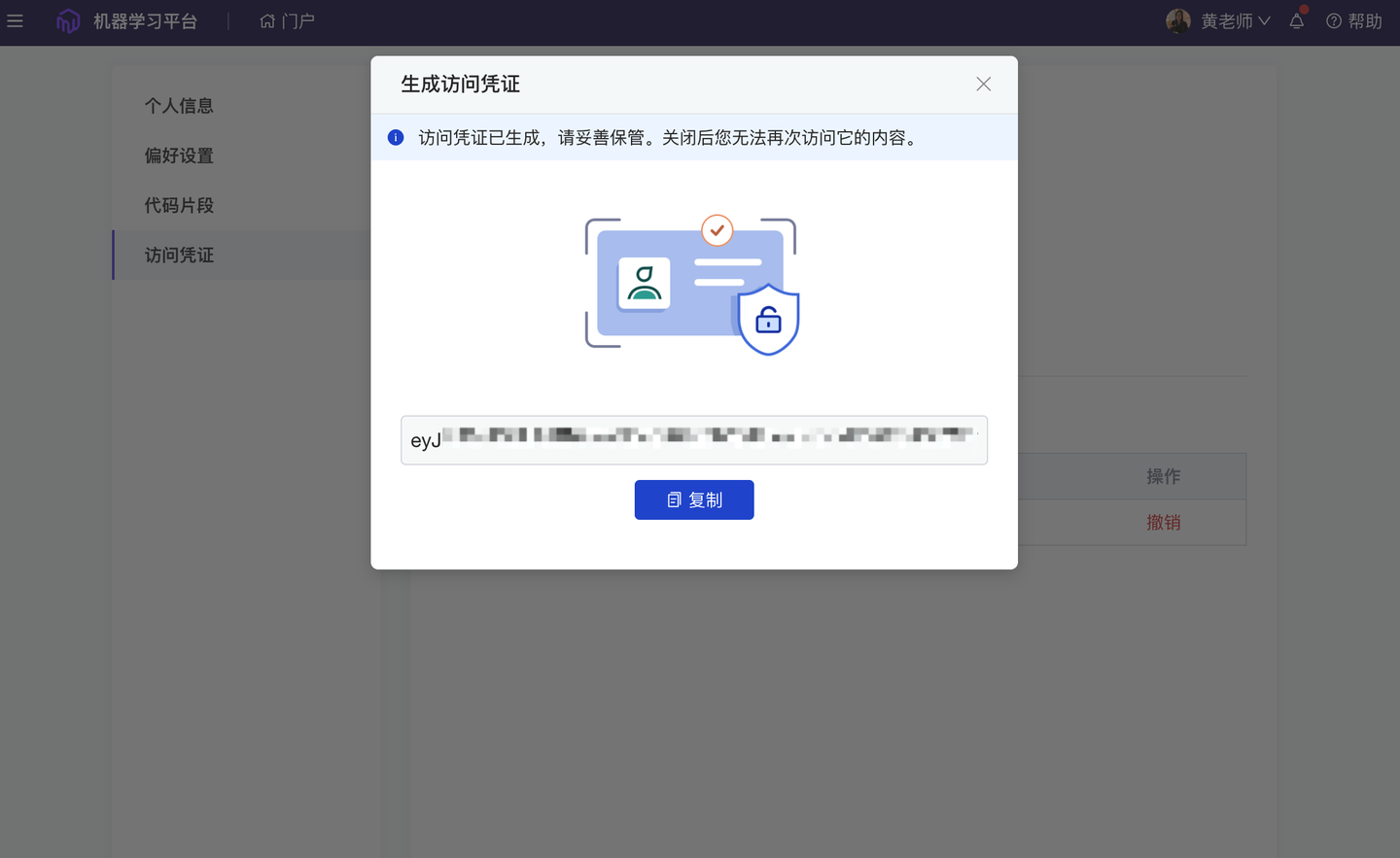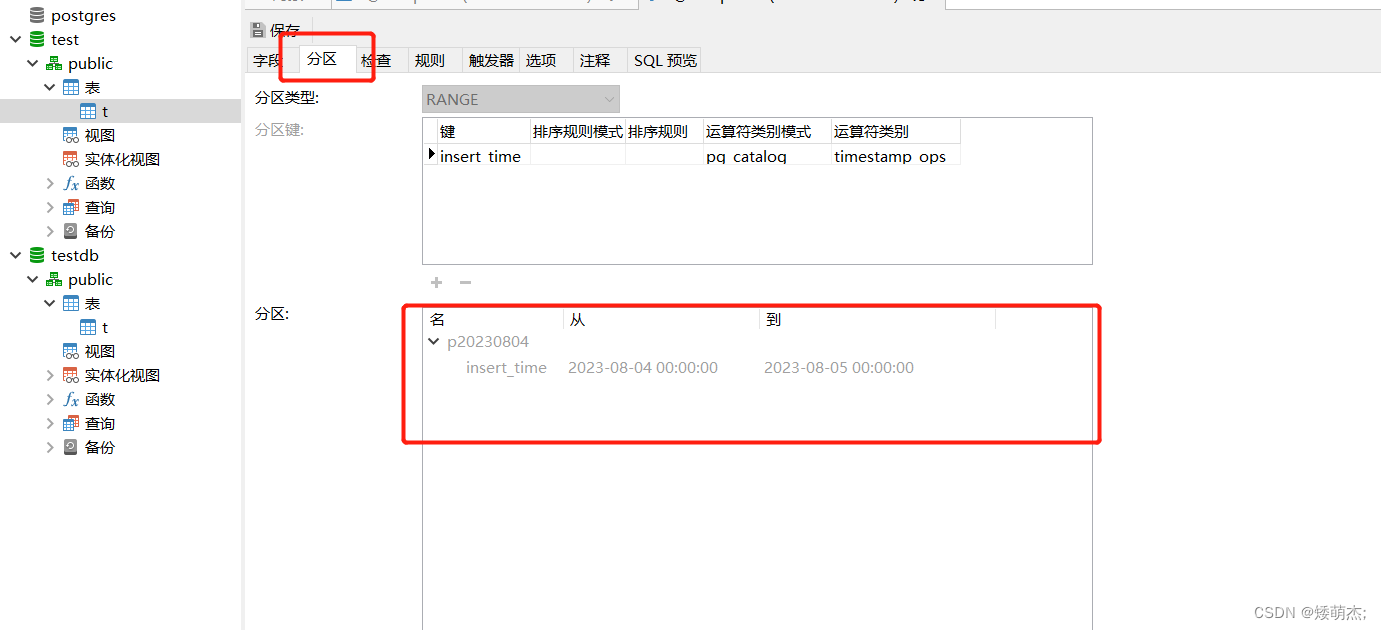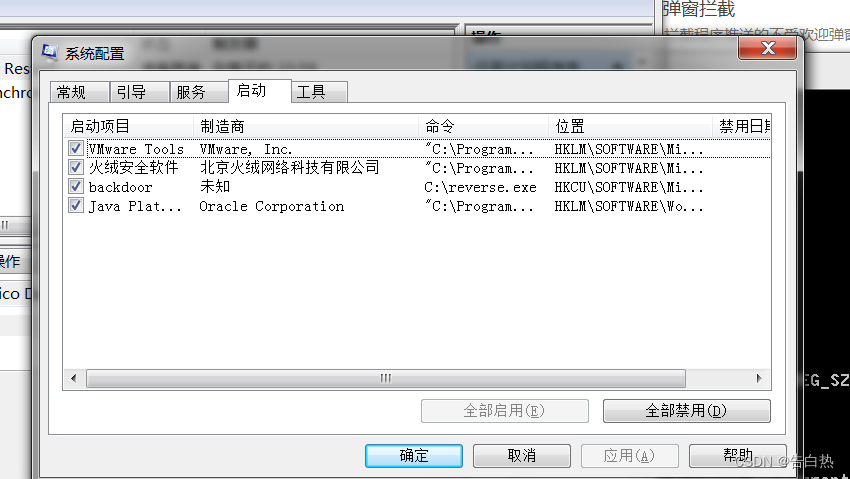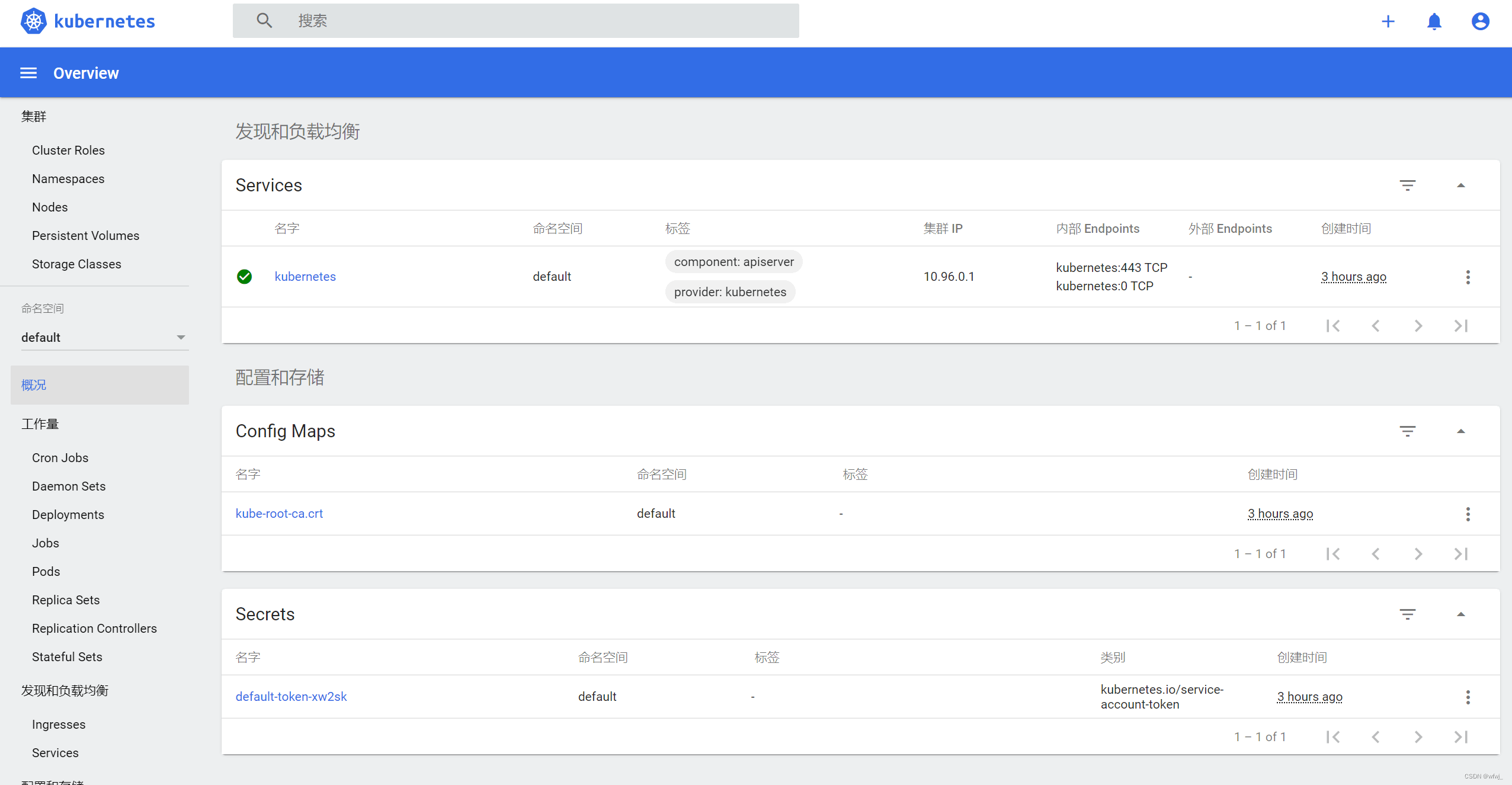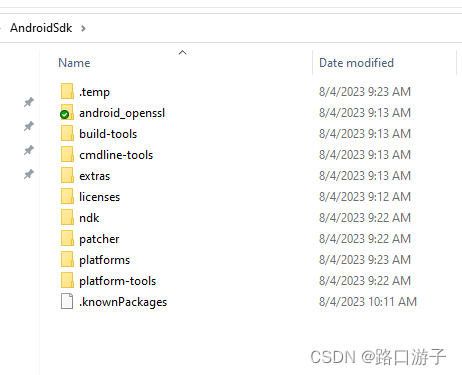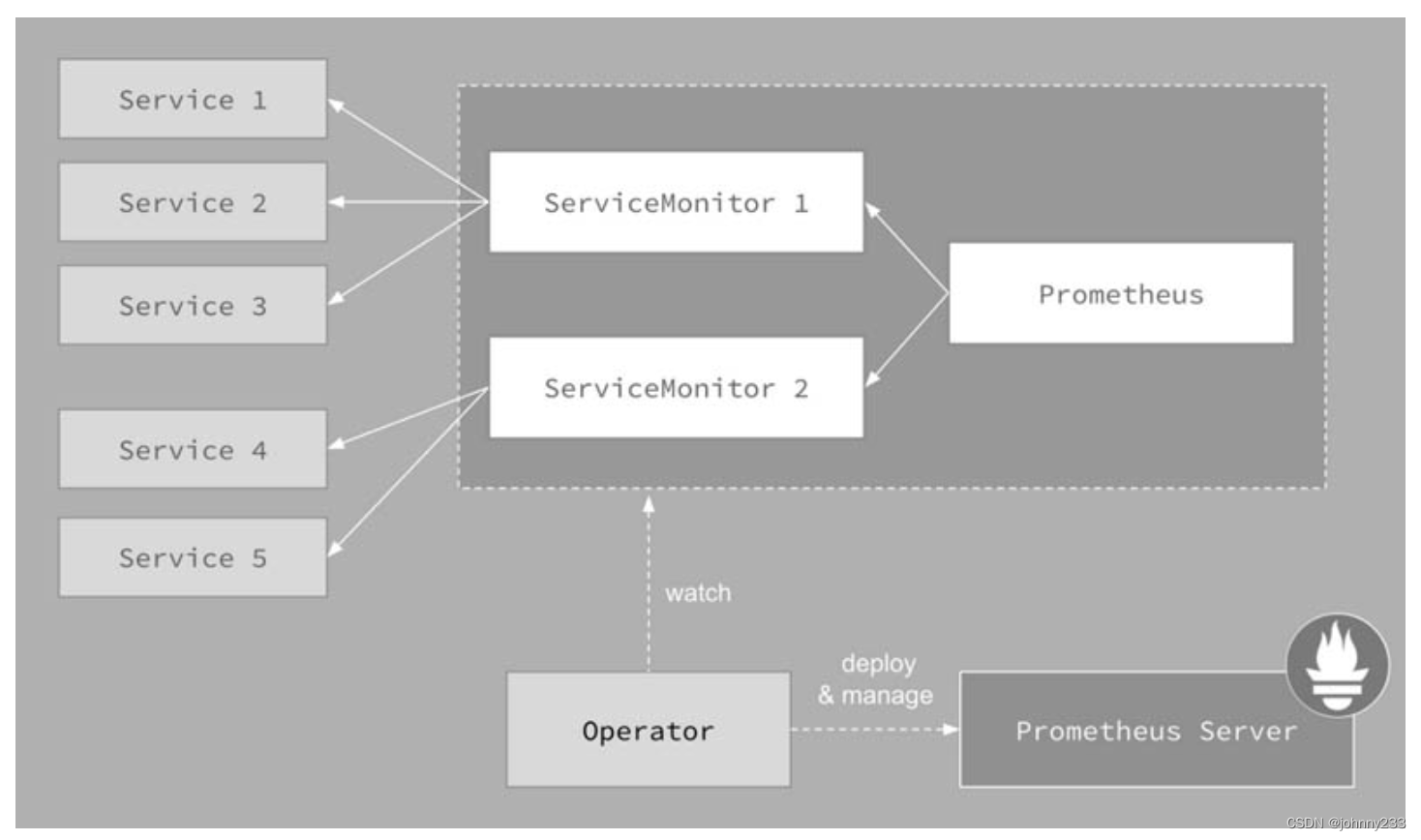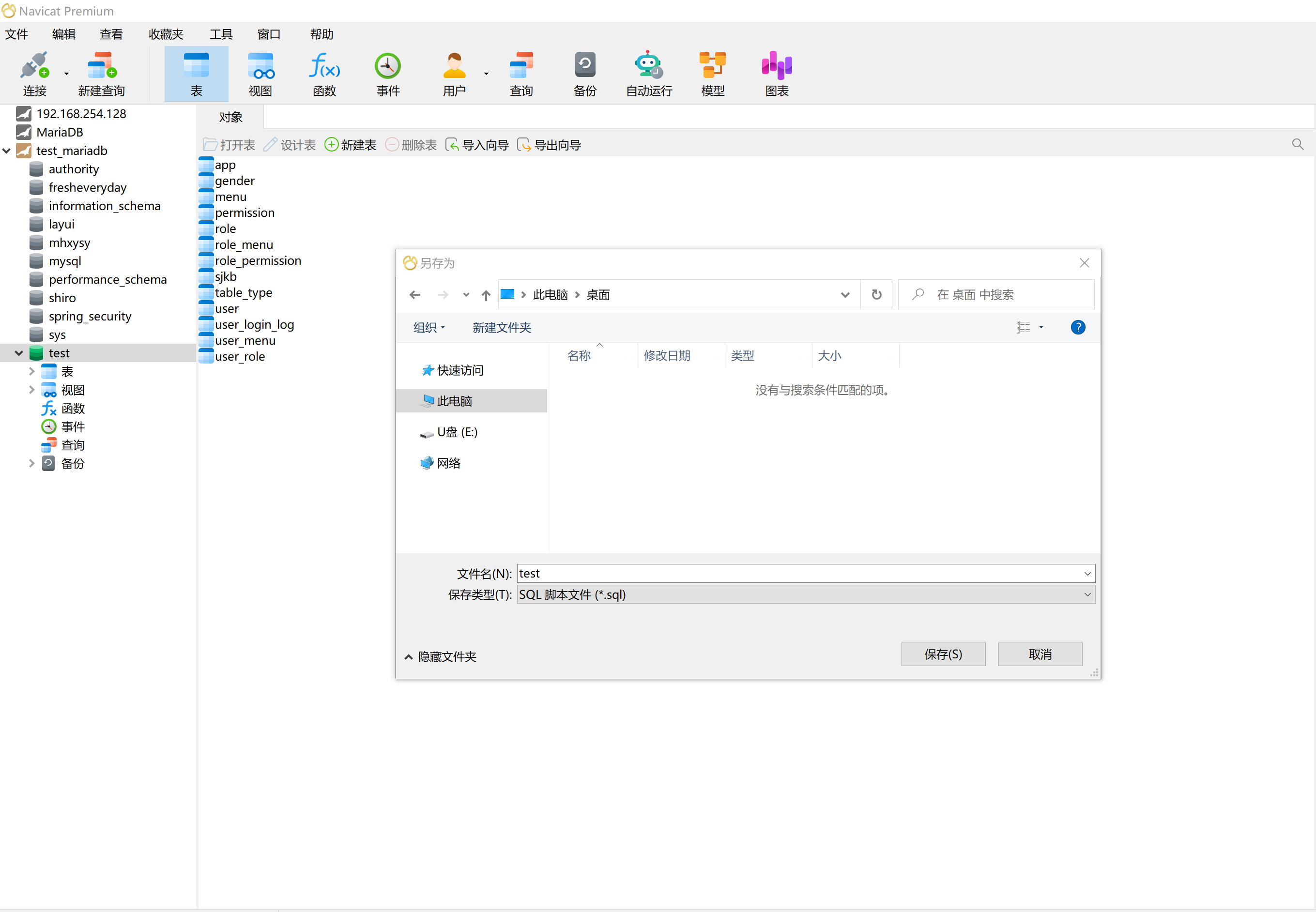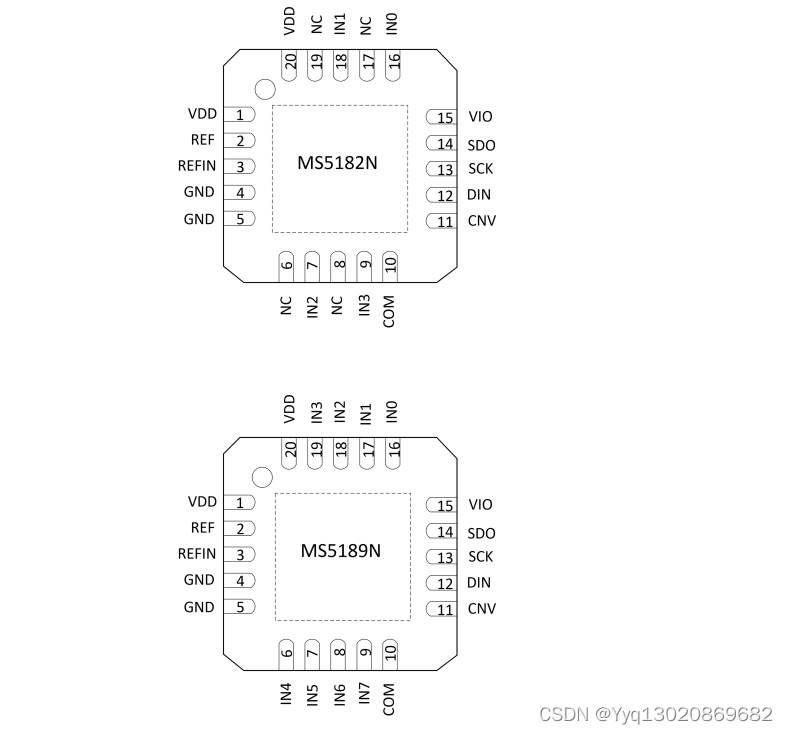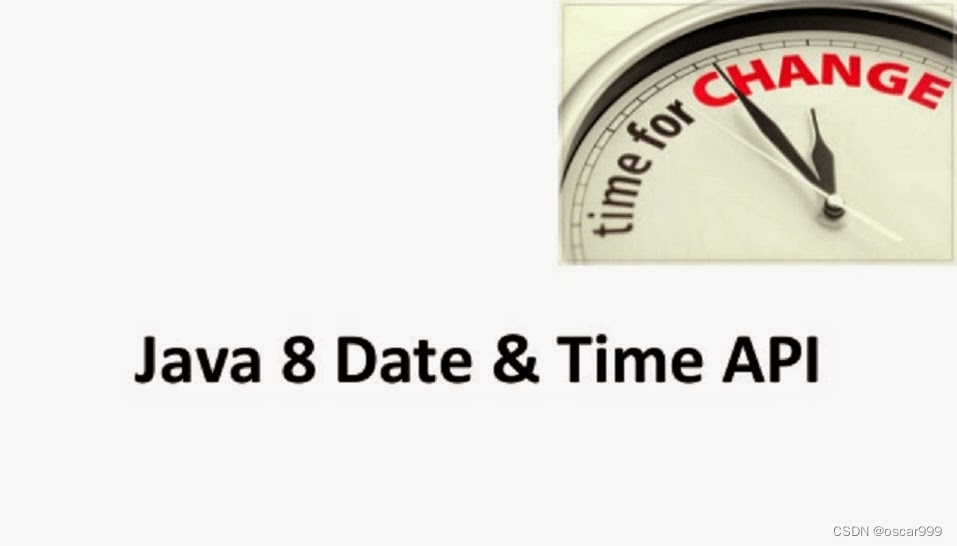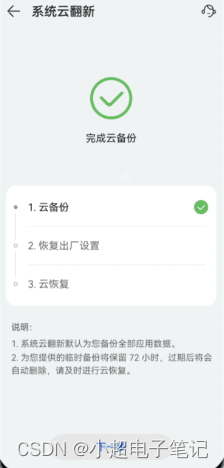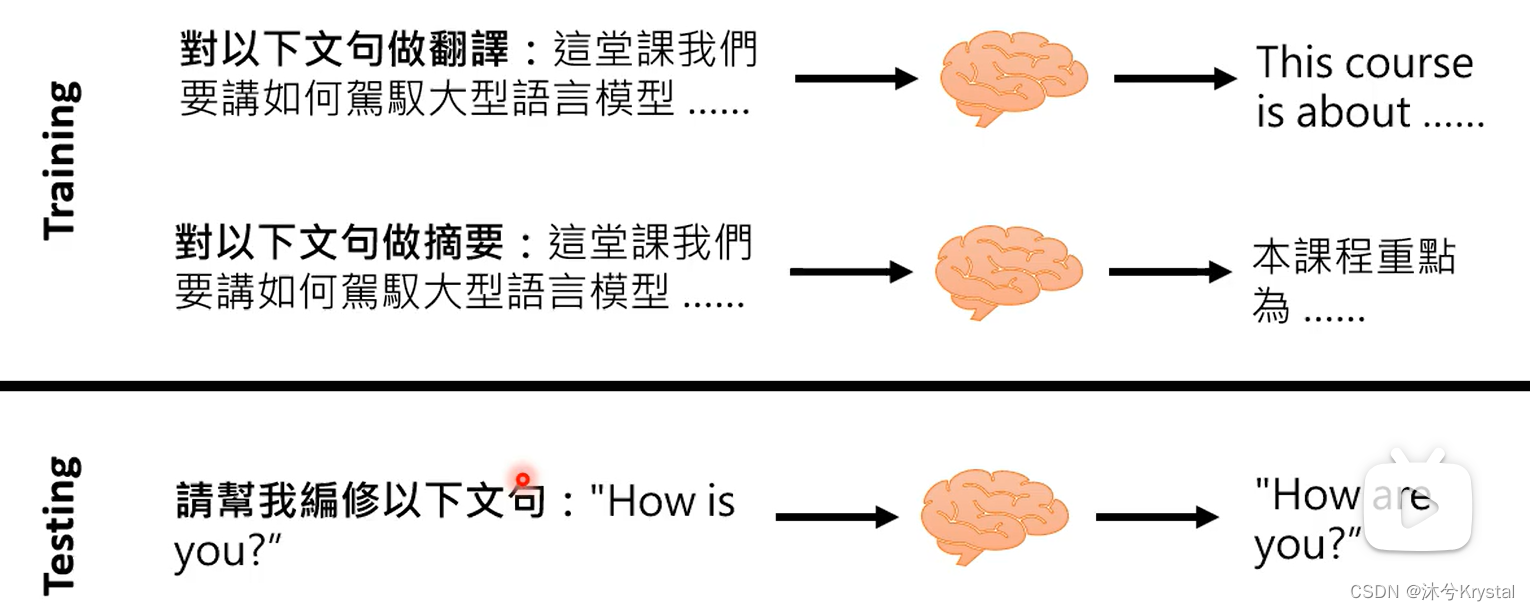)1 Make entities inherit from a base class in Entity Framework Core DB First
https://davecallan.com/make-entities-inherit-base-class-in-entity-framework-core-db-first/
通过EF Core Power Tools
vs扩展插件实现
1.1)安装扩展Install the extension
via the Extensions -> Manage Extensions window (you’ll then see the menu as a right-click option on your projects).
Right click on the relevant project and select EF Core Power Tools -> Reverse Engineer and first select which tables you want to scaffold and then on the subsequent screen check the option for customizing the code.

After running the scaffolding you should see entities generated AND a CodeTemplates folder which contains all the handlebar template files for customizing entities and the DbContext.
To inherit from a base class just amend the Class template (Class.hbs) file as shown on the left below.
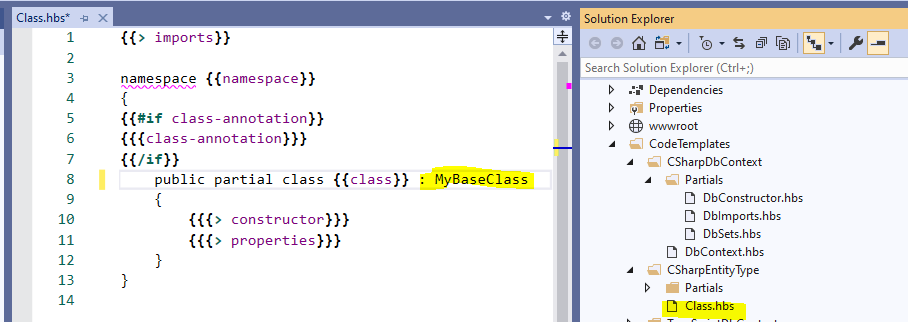
Re-scaffold again with right click -> EF Core Power Tools -> Reverse Engineer and all your entities should now inherit from the base class

Of course to have your entities implement an interface the process is identical.
2)自建模板实现
如果您使用 dotnet ef dbcontext scaffold 命令来自动生成实体类,并希望这些生成的实体类继承自一个公共的基类,可以通过自定义代码模板来实现。
以下是一种实现方式:
- 创建一个公共的基类,例如
BaseEntity,其中包含您希望的通用属性和方法。
public class BaseEntity
{
public int Id { get; set; }
public DateTime CreatedAt { get; set; }
// 其他通用属性和方法...
}
- ,通过使用自定义的代码模板,您可以生成的实体类都会继承自指定的公共基类
BaseEntity。
请根据您的实际情况更新命令中的参数和文件路径,并根据需要对模板进行自定义。确保在生成实体类之后进行适当的测试和验证,以确保它们符合预期并满足您的需求。
